In 1927, Boston’s downtown district saw the rise of the Cocoanut Grove, a notable restaurant and supper club, situated at 17 Piedmont Street, close to Park Square. Though nightclubs weren’t formally acknowledged in Boston at that time, the Cocoanut Grove stood out. Piedmont Street, once a quaint cobblestoned lane and now paved, stretches from Arlington Street to Broadway, nestled in the vicinity of the bustling Park Square theater district.
The Cocoanut Grove Fire: A Detailed Overview of the 1942 Tragedy
In the twilight of the 1920s, the allure of the Cocoanut Grove grew immensely, largely due to Prohibition. However, the 1930s were less kind, causing its popularity to wane. Yet, the early 1940s, particularly during the onset of World War II, saw its revival. By 1942, the establishment’s helm was in the hands of a lawyer named Barnet “Barney” Welansky, who had been its proprietor for the preceding three years. The Grove was Boston’s epicenter of social activity in 1942. Architecturally, it was a single-tiered edifice, featuring a basement. This lower level was home to the Melody Lounge bar, the kitchen, freezers, and storage spaces. Above, the ground floor showcased a grand dining space and a ballroom with its own bandstand. It also had various bars detached from the main ballroom. A distinctive feature of the dining area was its retractable roof, which, on balmy nights, unveiled a celestial panorama. Access to this iconic venue was through a revolving door facing Piedmont Street.
A significant event occurred on November 28, 1942. The formidable Boston College (BC) football team took on Holy Cross College (HC) at the iconic Fenway Park. To the astonishment of many, HC trounced BC with a scoreline of 55-12. Scouts from college bowl games were present, eyeing to invite BC to the 1943 Sugar Bowl, a title they had clinched on January 1, 1941. However, due to the unexpected outcome, a planned celebration at the Grove for BC that night was called off. Despite the setback, BC later secured a spot in the Orange Bowl on January 1, 1943, where they unfortunately faced defeat at the hands of the University of Alabama.
Prominent Hollywood cowboy actor, Buck Jones, whose real name was Charles Gebhart, was on a nationwide War Bond tour. After watching the BC-HC football game alongside Boston Mayor Maurice Tobin, he was persuaded by his movie representatives to dine at the Grove, despite battling illness.
On that fateful evening, around 10:15PM, a busboy was instructed by a bartender to address a light bulb issue atop an artificial palm tree in the basement’s Melody Lounge. It’s speculated that a customer had loosened the bulb, perhaps seeking a dimmer ambiance for a more intimate moment. With the immediate vicinity plunged into darkness, the busboy struck a match to better find the bulb socket.
Lessons and Safety Regulations Stemming from the Cocoanut Grove Blaze
Almost immediately, some guests spotted what seemed like a subtle glow within the palm tree’s decorative elements. Intrigued, they observed the decorations taking on a different hue, suggesting they were smoldering, albeit without evident flames. Shortly after, the tree erupted in fire. Bartenders scrambled, futilely trying to douse the blaze with water and seltzer bottles. A rush towards the Melody Lounge’s sole public exit – a staircase just four feet wide leading to the first-floor Foyer – began. As other items caught fire, a lethal combination of flame and noxious fumes raced towards these stairs. Panic intensified, and the emergency exit at the staircase’s top remained inaccessible. This blazing onslaught then burst into the Foyer, the hub for the coatrooms, restrooms, and main entrance.
Chaos reigned as patrons, alerted by frantic shouts of “Fire, Fire,” rushed towards the exit. Unfortunately, the revolving door soon jammed due to the overwhelming push from the terrified crowd. Onlookers outside were rendered helpless, witnessing the agonizing scene as people got trapped, with the immense force from the frantic mob pressing against the stuck door.
The fire’s fury next hurtled into the Dining Room, where most patrons were snugly seated, eagerly anticipating a 10 PM performance that was already running behind schedule. It’s believed that the Grove was packed with over 1,000 guests at that moment. As chaos engulfed the Melody Lounge, diners were plunged into pandemonium, desperately seeking escape routes. Tragically, many exits were locked or not easily distinguishable amidst the commotion. The blaze dominated the scene, rapidly raising the temperature and filling the area with deadly fumes.
In an eerie twist of fate, at precisely 10:15PM, the Boston Fire Department was alerted about a situation at Stuart and Carver Streets, merely three blocks away from the Cocoanut Grove. Responding swiftly, they found a car ablaze on Stuart Street. After dousing those flames, a firefighter’s attention was drawn to what seemed like smoke billowing from the direction of the Grove. As they deliberated their next move, frantic passersby confirmed their worst fears about a fire at the club. When they reached the scene, thick smoke engulfed the establishment, and both staff and patrons were scrambling to safety. At 10:20PM, the Boston Fire Alarm Office (FAO) got a signal from Box 1521, situated at Church and Winchester Streets, likely activated by a concerned onlooker. The on-site fire chief, gauging the severity, bypassed the standard protocol, jumping straight from a Second to a Third Alarm at 10:23PM. This was quickly followed by a Fourth Alarm at 10:24PM and a Fifth Alarm at 11:02PM.
For reference, the Boston Fire Department’s official response strategy for Box 1521, which was active during the Cocoanut Grove catastrophe, is provided below. The reaction to each of the five alarms is outlined from left to right.
Literary Insights: Books and Studies on the Boston Cocoanut Grove Disaster
The narrow lanes surrounding the Cocoanut Grove quickly became gridlocked with emergency vehicles and fire trucks. Although the flames were doused within minutes, the devastation had already taken its toll. Rescue efforts commenced right away, yet the true extent of the catastrophe within remained hidden for a while. Some patrons, having managed to flee the building, fell unconscious on the streets. Many exits were obstructed by a tragic pileup of bodies, both of those who had perished and those who still clung to life. Penetrating the building to assist became almost as challenging as evacuating it.
Several accounts reveal that some guests were guided to safety by staff through dim back passageways, as the power had faltered shortly after the inferno’s ignition. A few took refuge in large refrigeration units and meat storage chambers. Some were fortunate enough to locate concealed exit doors leading out from the Dining Room. Regrettably, due to the fire’s rapid spread accompanied by scorching temperatures and suffocating smoke, numerous individuals inside the Grove stood little chance of survival. An exit within the newly-introduced but unofficially permitted ‘New Lounge’ did aid in the rescue of a handful of patrons. Yet, its design flaw of opening inwards turned fatal; the ensuing stampede pressed it shut, blocking a crucial escape path. Staff familiar with the venue’s layout found salvation by clambering out through windows in various sections of the establishment.
The calamity’s scale, once discerned, prompted desperate pleas for reinforcements. Military and naval units, alongside Coast Guard and National Guard personnel, were summoned to aid in evacuation and tend to the injured. Makeshift ambulances, from newspaper vans to taxis, hurriedly transported the wounded. Coincidentally, just a week prior, local hospitals had conducted a disaster preparedness exercise. Yet, in the wake of the real-life emergency, most victims were ferried to Boston City Hospital (BCH), while a significant number were directed to Massachusetts General Hospital (MGH). Other nearby medical facilities did accept some casualties, but a more organized evacuation strategy could have evenly distributed the load. In an hour, BCH was swamped with 300 patients, translating to one every 11 seconds – a rate surpassing even London’s Blitz days. Meanwhile, MGH catered to 114 victims in a span of two hours. Both institutions summoned off-duty personnel, and a brigade of volunteers also stepped in to help.
In the aftermath of the disaster, a provisional morgue was set up in a nearby film distribution garage close to the Grove. Several victims, believed to be deceased, were transported to either the Northern or Southern Mortuary. In a surprising turn of events, some of these individuals, initially assumed dead and taken to the morgue, were found to be alive. They were swiftly relocated to hospitals where they later recuperated. At the morgues, dedicated staff and volunteers faced the grim task of identifying the deceased. Recognizing female victims proved especially challenging since personal identification items typically stored in purses or handbags had been separated from their owners amidst the chaos.
Barney Welansky, the proprietor of Cocoanut Grove, had been hospitalized due to a heart attack just twelve days before the tragic fire. Intriguingly, while the injured from his club were receiving care in the MGH lobby, Welansky was recuperating in a room upstairs. The famed cowboy actor Buck Jones was among those brought to MGH. Tragically, he succumbed to his injuries after two days. Medical staff at the hospital were immersed in efforts to rescue the wounded, while other team members tried to identify the casualties.
Confronted with the overwhelming number of burns and internal injuries, medical professionals pioneered or adapted various innovative treatment techniques. Some of these were well-established, while others were experimental. Notably, the first documented use of penicillin on general patients for combating infections in burn victims took place at MGH on December 2, 1942.

Under Dr. Oliver Cope’s guidance at MGH, a novel approach to burn treatment was introduced, which involved applying a boric petroleum solution on the affected skin. Meanwhile, at BCH, antiseptic purple dyes were employed as protective coatings for the skin. Skin grafting techniques also played a pivotal role in the recovery process. Overall, significant progress in burn care was achieved across four domains: fluid management, infection prevention, respiratory trauma care, and skin and surgical treatment. A troubling discovery was that a considerable number of victims, both at the scene and in medical care, fell victim to pulmonary edema. This condition was traced back to the inhalation of noxious fumes and gases resulting from the combustion of furniture and decor inside the Grove.
Following the horrific blaze at Cocoanut Grove, multiple investigative bodies launched inquiries into its origins and the circumstances leading to its catastrophic consequences. Fire Commissioner William Reilly initiated a thorough investigation on November 29, mere hours after the event. Testimonies were collected from numerous witnesses, trying to piece together the tragic puzzle. While many believed the busboy’s actions ignited the fire, others theorized an electrical origin.
As a result of the investigations, a Grand Jury indicted ten individuals. Out of these, only the club owner, Barney Welansky, faced conviction, specifically on a manslaughter charge. He was sentenced to a 12-15 year term at Charlestown State Prison. However, due to deteriorating health from advanced cancer, Governor Maurice Tobin granted him a pardon after he had served only 3.5 years. Welansky passed away in 1947, at the age of 50, a few months post his prison release.
The catastrophe at Cocoanut Grove prompted a reevaluation and overhaul of building codes in Boston and beyond. Among the regulations introduced:
- A ban on revolving doors (this was later modified to permit revolving doors only if flanked by two outward-opening exit doors).
- Exit doors had to be conspicuously labeled, consistently unlocked from inside, and free from obstructions such as drapes, furniture, screens, or any business supplies.
- Mandated use of incombustible decorations and construction materials.
- Installation of emergency lighting and sprinkler systems.
Although many believe that the name “Cocoanut Grove” was prohibited in Boston post the tragedy, this isn’t accurate. Still, no business has attempted to or been granted a license under that name since the fire.
Commissioner Reilly set the final toll of the disaster at 490 fatalities and 166 injured, with the injured count representing only those who sought hospital care and were later discharged. Many other victims, though injured, did not approach hospitals for treatment. Over time, the official count of deceased was adjusted to 492. In terms of fatalities resulting from a single fire incident, only the Iroquois Theatre Fire in Chicago on December 30, 1903 surpasses the Cocoanut Grove, claiming 603 lives, predominantly children. Additionally, the tragic events of September 11, 2001, at New York’s World Trade Center resulted in approximately 2,750 deaths, but that was a combined fire and structural collapse event.
The tragedy of the Cocoanut Grove remains a haunting reminder of the potential consequences of disregarding safety standards. The lessons learned from this disaster emphasize the dangers of blocked or locked exits, smoking indoors, the use of flammable materials inside buildings, overcrowding, and the absence of fire prevention measures like sprinklers and smoke detectors.
The devastation of the Cocoanut Grove fire resonated deeply with the people of Boston and the wider New England region during the 1940s. It was rare to find someone who didn’t know someone affected by the incident. The catastrophe prompts an essential question, both then and now: “Can this happen again?” History proves that, sadly, it can. The ‘Station Nightclub Fire’ in West Warwick, RI, in 2003 claimed 100 lives and injured around 200 others. The root causes and lessons of the Cocoanut Grove were eerily mirrored in this later tragedy.
List of the Cocoanut Grove Injured
Over the years, the landscape of the Cocoanut Grove site has undergone significant transformations. A high-rise hotel/theatre complex has reshaped the surrounding streets. Broadway is now shortened, and Shawmut Street intersects with Piedmont Street near where the Cocoanut Grove’s infamous revolving door once stood. The hotel covers most of the Cocoanut Grove’s original footprint. Memorials honoring the tragedy include a bronze plaque, set into the sidewalk in 1993 by the Bay Village Neighborhood Association, and a wall marker from the Bostonian Society.
The Cocoanut Grove Fire has been extensively studied and documented in literature over the years. Numerous books, research papers, and articles have analyzed the incident, aiming to educate and prevent similar future disasters.
Bibliography:
- Report concerning the Cocoanut Grove Fire, November 28, 1942 by William Arthur Reilly, Boston Fire Commissioner, 1944. Official Report.
- Holocaust! The shocking story of the Boston Cocoanut Grove fire by Paul Benzaquin, 1957.
- Fire in Boston’s Cocoanut Grove: Holocaust! by Paul Benzaquin, 1967.
- Design for Disaster. Cocoanut Grove Fire, November 28, 1942 by John P. Vahey, 1982.
- Cocoanut Grove by Edward Keyes, 1984.
- Last dance at the Cocoanut Grove by Casey C. Grant, 1991.
- Searching for answers to the Cocoanut Grove Fire of 1942 by Doug Beller and Jennifer Sapochetti, 2000.
- The Cocoanut Grove Fire by Stephanie Schorow, 2005.
- Fire in the Grove by John C. Esposito, 2005.
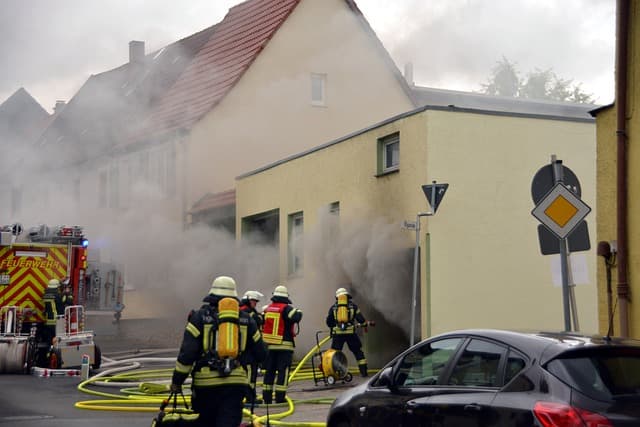
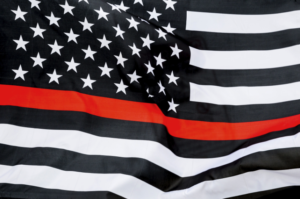
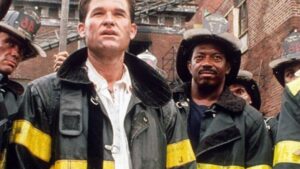
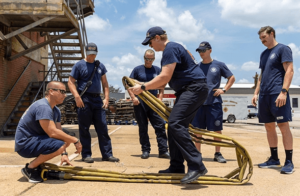
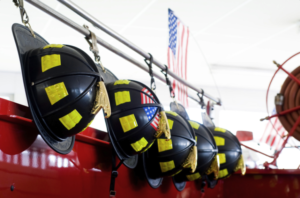
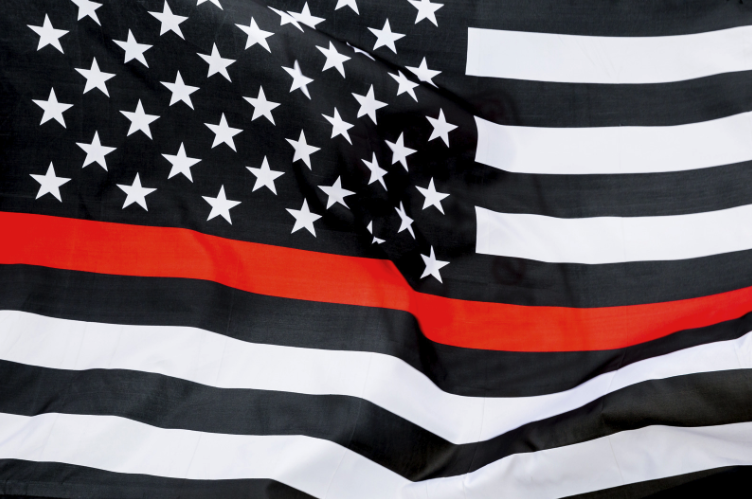
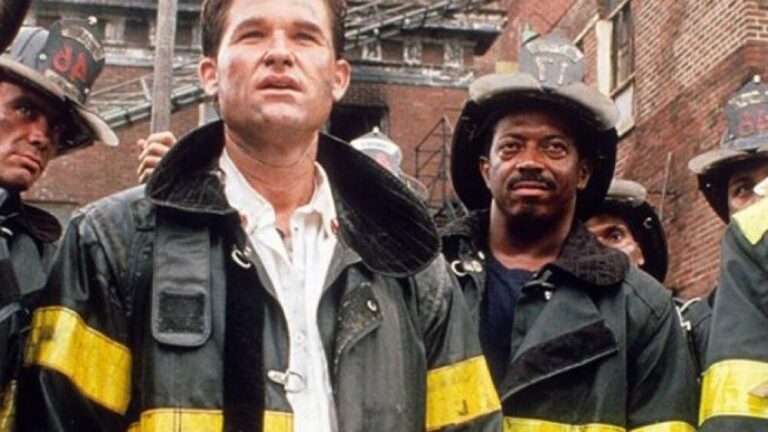

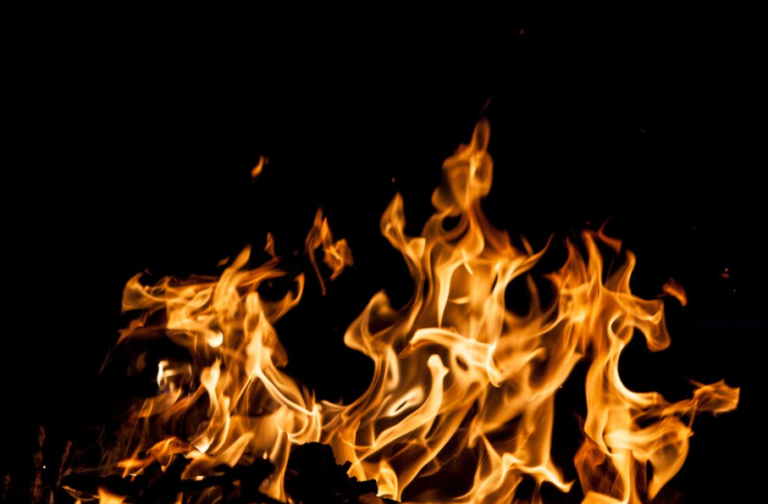
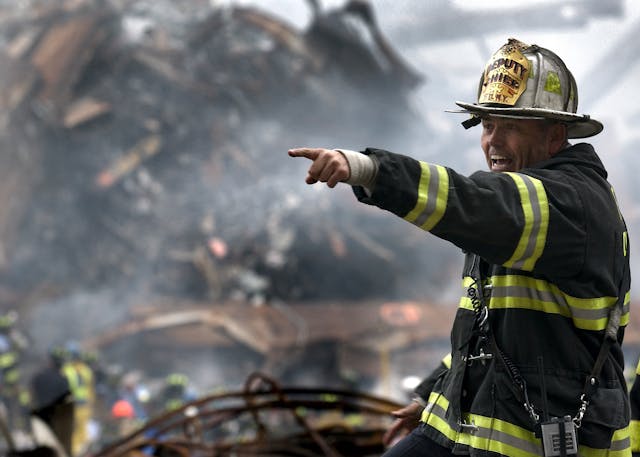
+ There are no comments
Add yours